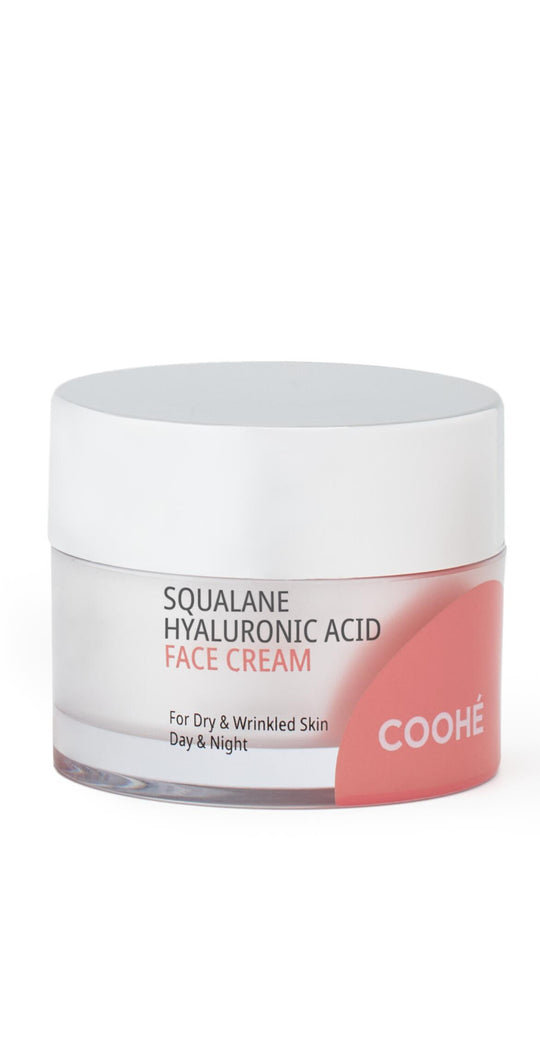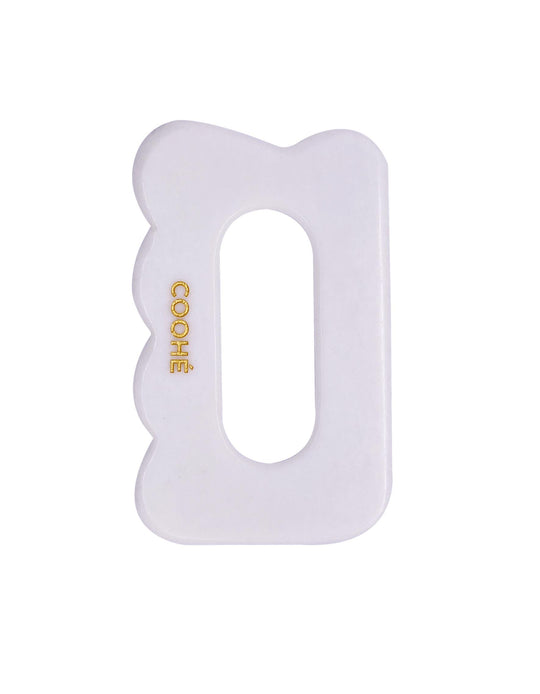Top 10 Beauty Benefits Of Cupping Massage

Top 10 Beauty Benefits Of Cupping Massage - Cupping massage, an ancient therapy that has gained popularity in modern wellness circles, is more than just a trend. Originating from Traditional Chinese Medicine, this technique involves placing suction cups on the skin to create a vacuum effect, which can promote healing and relaxation. While many people are familiar with the physical benefits of cupping—such as muscle relief and detoxification—its beauty benefits are equally impressive.
In this blog, we’ll explore the top 10 beauty benefits of cupping massage and address the scope and demand about the practice.
What is the Demand of Cupping Massage?
|
Category |
Details |
|
Region |
Global, with high demand in Asia, Europe, and the U.S. |
|
Primary Users |
Athletes, people with chronic pain, individuals seeking relaxation, and those interested in alternative medicine |
|
Healthcare Benefits |
Pain relief, improved circulation, detoxification, stress reduction |
|
Demographic Demand |
Popular among adults aged 25–55, both men and women |
|
Peak Demand Seasons |
Year-round, but peaks in colder months due to its warming effect |
|
Industry |
Alternative medicine, wellness, sports therapy, spa services |
|
Economic Impact |
Increasing demand contributes to wellness and spa industry growth, leading to higher revenues for practitioners |
|
Trend Influencers |
Celebrities, professional athletes, and social media endorsements |
|
Preferred Types of Cupping |
Dry cupping, wet cupping (Hijama), fire cupping, and massage cupping |
|
Growth Rate |
Growing at a steady rate, with annual increases in wellness center and spa services featuring cupping therapy |
|
Related Therapies |
Acupuncture, chiropractic care, physical therapy |
Discover the Hidden Glow with the Top 10 Beauty Benefits of Cupping Massage
1. Enhances Blood Circulation
One of the primary benefits of cupping is improved blood circulation. The suction created by the cups pulls blood to the surface of the skin, increasing blood flow to the area. This enhanced circulation can lead to a more radiant complexion as fresh, oxygen-rich blood nourishes skin cells and promotes a healthy glow.
2. Reduces Cellulite Appearance
Cupping can be an effective treatment for reducing the appearance of cellulite. The suction lifts the skin and underlying tissues, breaking down fat deposits and promoting lymphatic drainage. As the toxins are expelled and circulation improves, skin texture can become smoother and firmer.
3. Promotes Lymphatic Drainage
The lymphatic system plays a crucial role in removing toxins from the body. Cupping massage stimulates lymphatic flow, helping to eliminate waste products and reduce puffiness. This detoxifying effect can lead to a clearer complexion and reduced facial swelling.
4. Boosts Collagen Production
Collagen is essential for maintaining skin elasticity and firmness. The suction from cupping can stimulate collagen production by increasing blood flow and triggering the body’s natural healing processes. This boost in collagen can lead to a more youthful appearance and reduced fine lines and wrinkles.
5. Alleviates Stress and Promotes Relaxation
Stress can wreak havoc on your skin, leading to breakouts and dullness. Cupping massage is known for its relaxing effects, which can reduce stress levels and promote emotional well-being. As stress decreases, the skin often reflects this inner calm with a more vibrant appearance.
6. Improves Skin Tone and Texture
Cupping can help to exfoliate the skin and promote cell turnover, resulting in improved skin tone and texture. The increased blood flow also helps to deliver vital nutrients to the skin, making it look healthier and more youthful. Regular sessions can lead to a more even skin tone and a reduction in the appearance of blemishes and age spots.
7. Relieves Sinus Congestion
For those who struggle with sinus congestion, cupping massage on the face can provide relief. By promoting circulation and lymphatic drainage, cupping can help clear sinuses, reducing puffiness around the eyes and creating a more rejuvenated appearance.
8. Reduces Acne and Breakouts
Cupping can be beneficial for acne-prone skin. By promoting detoxification and improving circulation, cupping helps to reduce inflammation and the occurrence of breakouts. Additionally, the increase in blood flow can help to deliver healing nutrients to the skin, further aiding in acne recovery.
9. Tightens and Firms the Skin
As we age, skin loses elasticity, leading to sagging. Cupping massage can help to counteract this by stimulating the skin and underlying tissues, resulting in a firmer, tighter appearance. Many people find that regular cupping sessions contribute to a more contoured look.
10. Encourages a Healthier Scalp
Cupping isn’t just for the face and body; it can also be applied to the scalp. Scalp cupping promotes blood circulation to hair follicles, potentially encouraging hair growth and improving scalp health. This can lead to healthier, shinier hair and reduced hair loss.
Conclusion
Cupping massage is a multifaceted therapy that offers numerous beauty benefits, from enhancing circulation to reducing acne and promoting a youthful appearance. As it continues to gain popularity in wellness and beauty circles, it’s essential to approach it with the right knowledge and guidance. Whether you’re looking to rejuvenate your skin, reduce stress, or promote overall well-being, cupping can be a valuable addition to your beauty routine.
Consider scheduling a session with a trained practitioner to explore the many benefits of this ancient technique for yourself. Your skin—and your spirit—may thank you!
FAQs on Top 10 Beauty Benefits of Cupping Massage
Q1. Is cupping safe for everyone?
A: Cupping is generally safe for most individuals; however, it may not be suitable for those with certain medical conditions, such as skin disorders, blood clotting issues, or pregnant women. Always consult with a healthcare professional before starting any new treatment.
Q2. How often should I get cupping treatments?
A: The frequency of cupping treatments can vary based on individual needs and goals. For beauty benefits, many people benefit from sessions once a week or bi-weekly. However, it’s best to consult with a trained practitioner to determine a schedule that suits you.
Q3. Will I experience bruising?
A: Bruising is a common side effect of cupping, especially if you’re new to the treatment. These marks are typically painless and fade within a few days. Over time, as your body becomes accustomed to cupping, bruising may decrease.
Q4. Can cupping be done at home?
A: While some people choose to do cupping at home with kits available for purchase, it’s recommended to seek treatment from a certified practitioner, especially for your first experience. A professional can ensure proper technique and placement, maximizing benefits while minimizing risks.
Q5. What should I do after a cupping session?
A: After a cupping session, it’s advisable to drink plenty of water to aid in detoxification and avoid intense physical activity for the rest of the day. Additionally, be mindful of any bruising and avoid exposing the treated areas to extreme temperatures (like hot showers or saunas) immediately after.
Q6. Can cupping help with skin conditions?
A: Cupping may help alleviate certain skin conditions, such as acne or eczema, by promoting blood flow and reducing inflammation. However, it’s essential to consult with a dermatologist or practitioner to determine the best approach for your specific condition.
Q7. How long do the effects of cupping last?
A: The duration of cupping’s effects can vary depending on the individual and the frequency of treatments. Some people may notice immediate benefits, while for others, results may build over time with regular sessions.
Q8. Is there a specific technique for facial cupping?
A: Facial cupping involves smaller cups specifically designed for the delicate skin on the face. The technique is gentler and focuses on areas where puffiness or fine lines are present. A trained professional can demonstrate the best methods for your skin type.
Q9. Are there any contraindications for cupping?
A: Yes, individuals with conditions such as skin infections, severe acne, or open wounds should avoid cupping. It’s also not recommended for those who have recently undergone surgery or have certain health conditions. Always discuss your medical history with your practitioner before starting cupping.
Q10. What are the costs associated with cupping therapy?
A: Costs for cupping therapy can vary based on location, practitioner experience, and session length. On average, you might expect to pay $50 to $100 per session approximately. Many practitioners offer package deals for multiple sessions, which can help reduce costs.






















